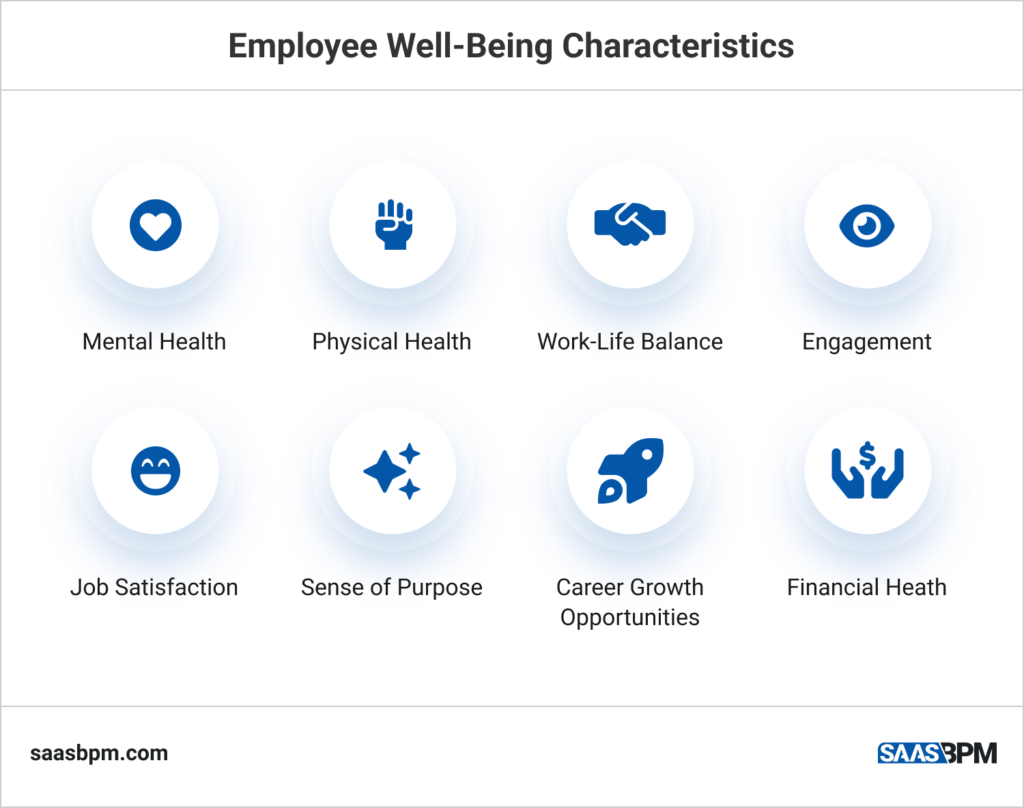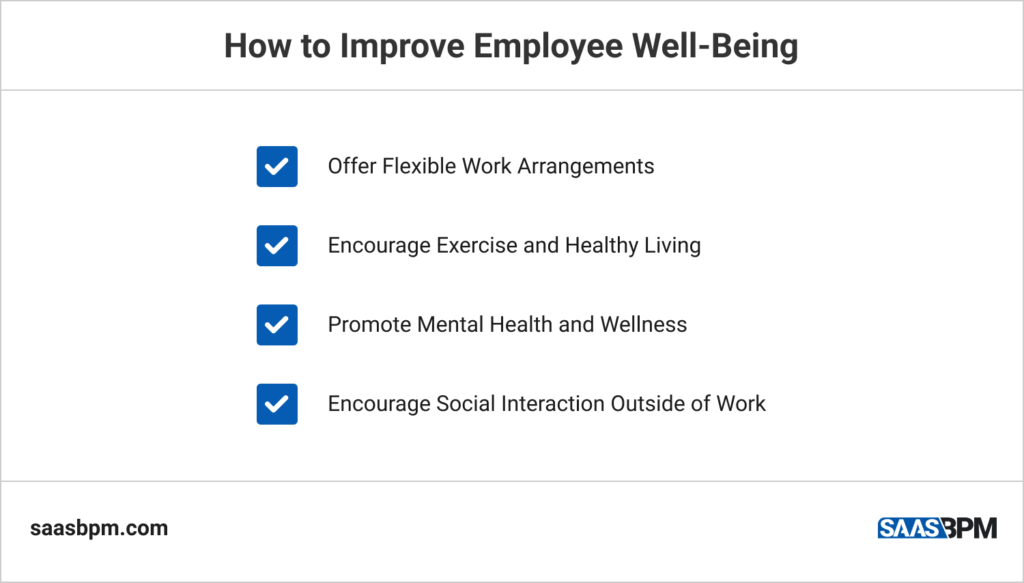It’s no secret that employee well-being is a critical part of any company’s success. When your team members feel good, they’re more productive and creative. They also take fewer sick days and are less likely to leave the company.
However, sustaining a good level of workplace well-being has been challenging in the past few years. On the one hand, 61% of people are more satisfied from their jobs when working remotely. For the sake of comparison, in a Gartner study from 2019, only 13% of employees said they were very satisfied with their job. This was the lowest level of satisfaction since the Great Recession.
On the other hand, it is more difficult for employers to ensure high levels of workplace well-being in a remote work setup. In the past, most employers had control over office design, ergonomics, team building, and the like. But when employees work from home, those factors are out of the employer’s control.
So how can you improve your team’s well-being initiatives? Read on to learn a few important tips and make your employees feel better at work!
Employee Well-Being: Why Does It Matter?
First and foremost, it’s important to understand why employee well-being is so important. We all know that happy employees are more productive. But there are other benefits of maintaining a good level of workplace well-being, too.
For one, happy employees take fewer sick days. In a study from Randstad, it was found that satisfied team members take 27% fewer sick days than unhappy employees. That’s a significant difference!
Not only that, but happy employees are also less likely to leave the company. According to the same study, 61% of employees who were very satisfied with their job were less likely to leave the company in the next 12 months.
So, as you can see, there are plenty of reasons to focus on employee well-being initiatives in your team. Not only will it make them happier and more productive, but it will also save you money in the long run by reducing turnover.
Employee Well-Being Characteristics
Employee well-being is a critical factor in any company’s success. Happy, healthy employees are more productive and engaged in their work, which benefits the company as a whole. But what exactly goes into employee well-being? And how can you create a workplace that supports it? There are many characteristics that contribute to employee well-being. A few key characteristics include:

Mental Health
Mental health is a key component of well-being. Employees who are struggling with mental health issues are less productive, more likely to take sick days, and more likely to leave the company.
Physical Health
Physical health is also important for employee well-being. Employees who are physically healthy are more productive and have more energy to put towards their work.
Work-Life Balance (Workplace Flexibility)
Employees who have a good work-life balance are less stressed and more productive. Workplace flexibility is a key way to support it.
Engagement
Engaged employees are more likely to be productive and stay with the company as they feel emotionally invested with the team and their projects.
Job Satisfaction

Employees who are satisfied with their jobs are more engaged and productive. And if they are happy with their workplace, they wouldn’t want to leave.
Sense of Purpose
Employees who have a sense of purpose are more engaged in their work and feel more connected to their company.
Career Growth Opportunities
Employees who feel like they have opportunities to grow within the company are more likely to push themselves to achieve more. These highly ambitious team members are the driving force of the business so if you want to boost employee well-being, give them more room for personal and professional development.
Financial Health
Low pay is the top reason people quit their jobs in 2022, and this seems quite reasonable as far as employee well-being is concerned. Your team members may be highly talented at work, but they also have a lot going on outside of their clocking hours. Therefore, make sure that you always reward them for a job well done!
4 Ways To Improve Employee Well-Being Initiatives
Now that we’ve gone over some of the key characteristics of employee well-being, let’s talk about how you can improve workplace well-being in your team. These are a few tips to get you started:

1. Offer Flexible Work Arrangements
One effective method to boost employee well-being initiatives is offering flexible work arrangements. This might include permitting employees to work remotely, set their own hours, or have a flexible schedule. By providing more flexibility in the workplace, you can encourage teamwork and keep your employees happy. This way, you’ll likely find that employees are more productive and better able to work together.
2. Encourage Exercise and Healthy Living
Another way to boost team well-being is by encouraging employees to live healthy lifestyles. You can achieve this in a number of ways, such as offering discounts on gym memberships or healthy food. You might also consider holding regular wellness challenges or events that promote exercise and healthy living.
3. Promote Mental Health and Wellness
In addition to physical health, it’s also important to promote mental health and wellness. There are a number of ways to go about this, such as offering employee assistance programs, holding regular stress-relief events, or providing access to mental health resources. By pushing your team to take care of mental health and wellness, you’ll likely find that employees are more productive and better able to work together.
4. Encourage Social Interaction Outside of Work
Finally, in order to boost well-being initiatives in your team, make sure you encourage social interaction outside of work. This can be done in a number of ways, such as organizing group outings or social events, setting up employee committees or clubs, or simply encouraging employees to interact with each other outside of work. By promoting social interaction, you’ll likely find that employees are more likely to work together effectively.
Wrapping Up
Improving employee well-being is important for a number of reasons, not the least of which is improved productivity and decreased staff turnover. But what does that actually look like in practice? Offering flexible work arrangements, promoting exercise and healthy living, and encouraging mental health and wellness are all great ways to get started. If you’re looking for more ideas, we at SaaS BPM have got you covered.

